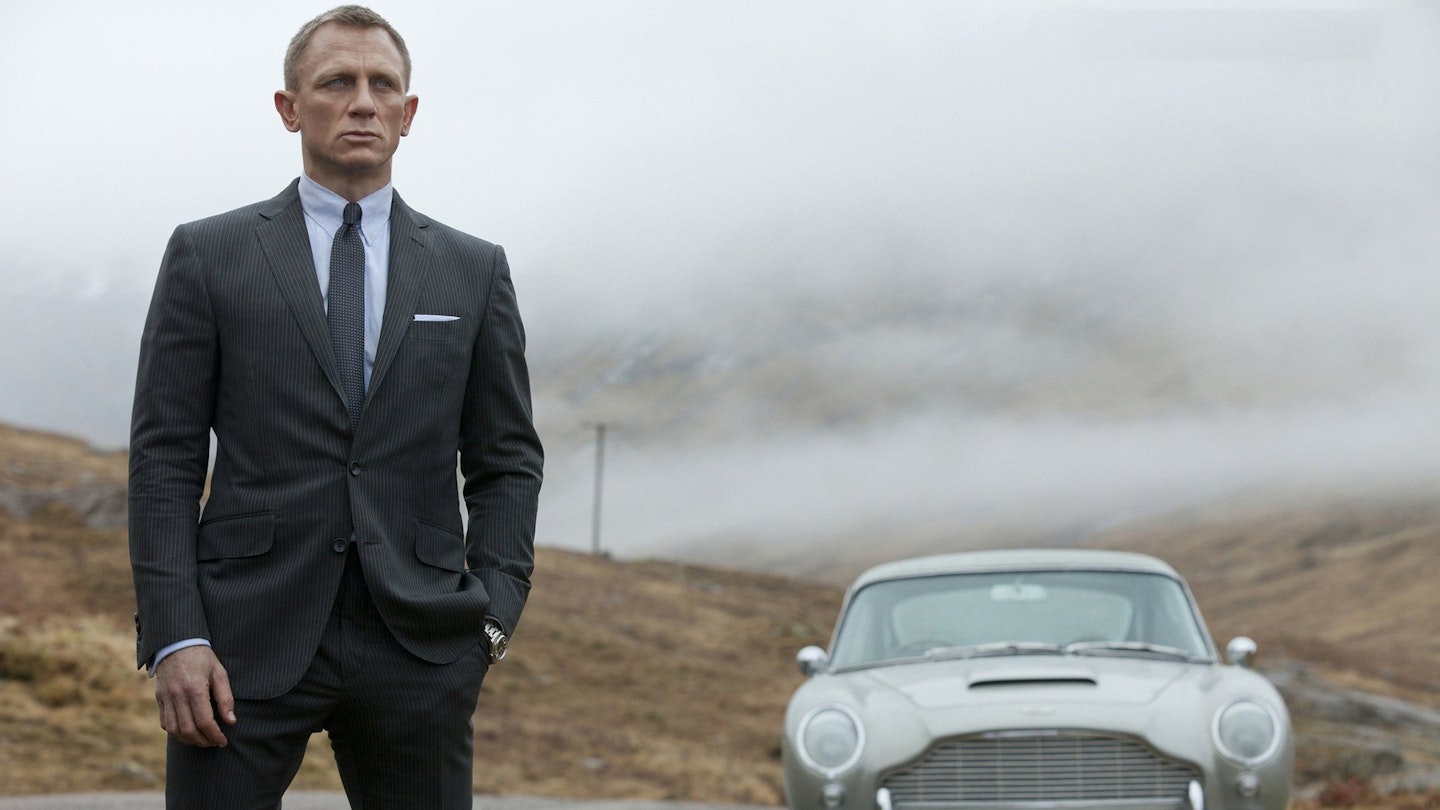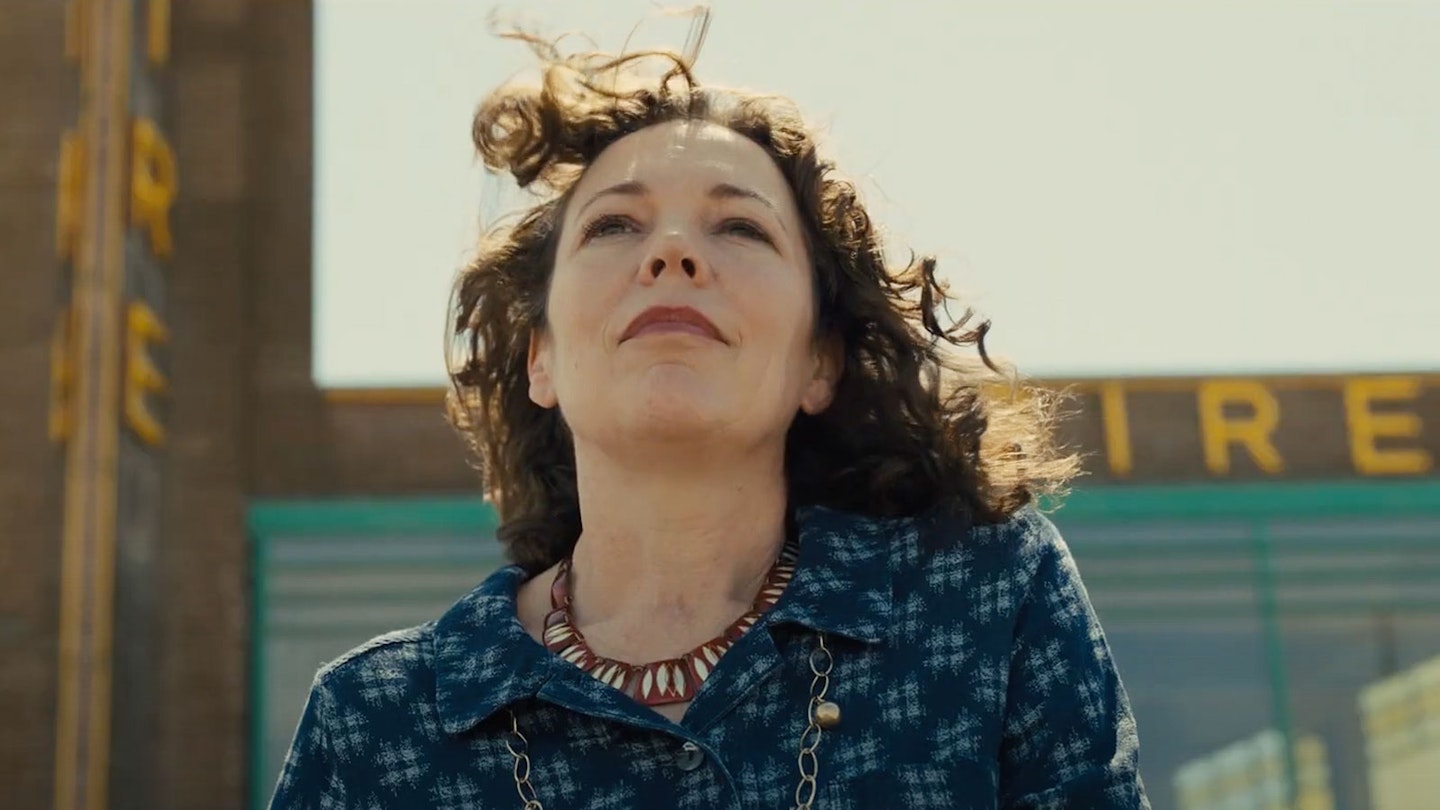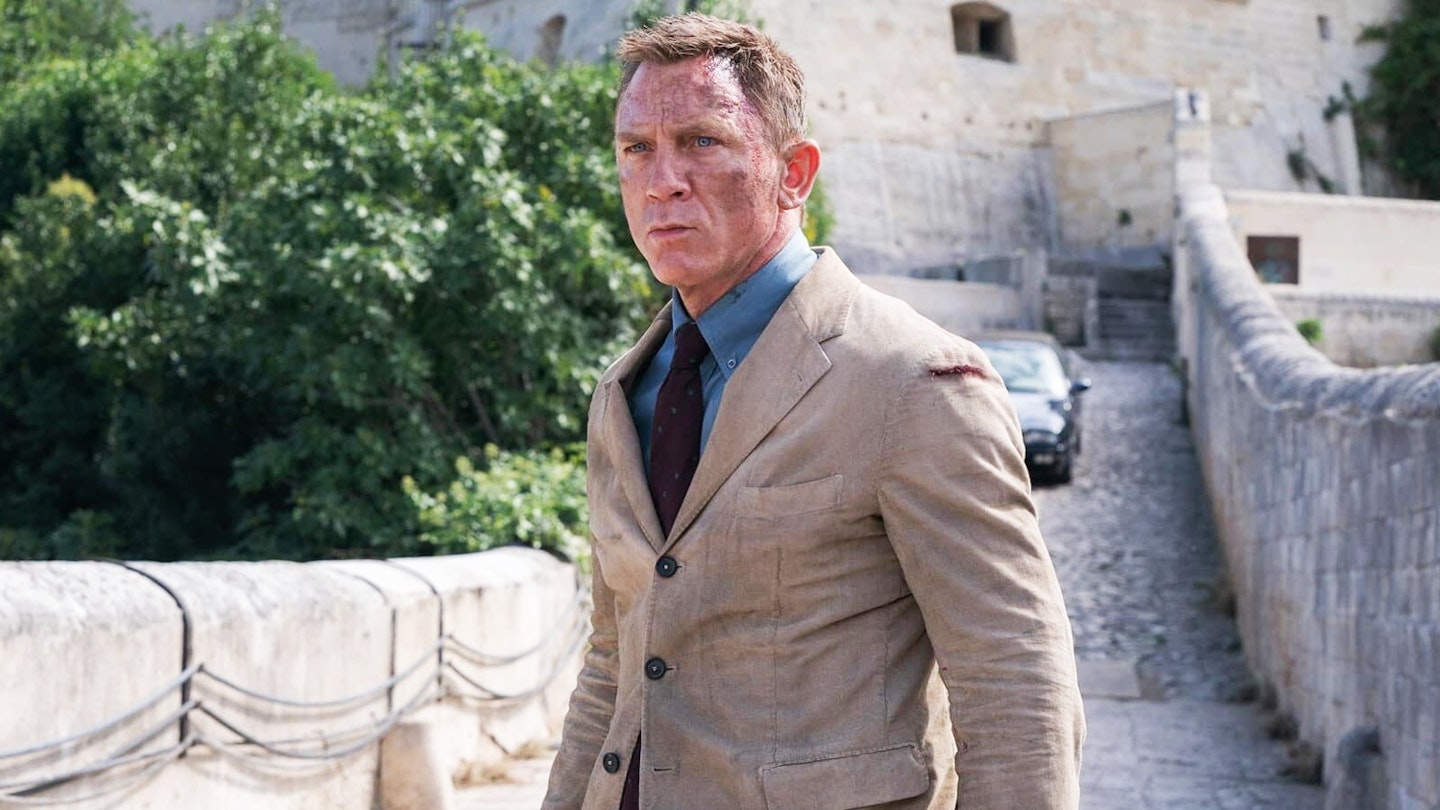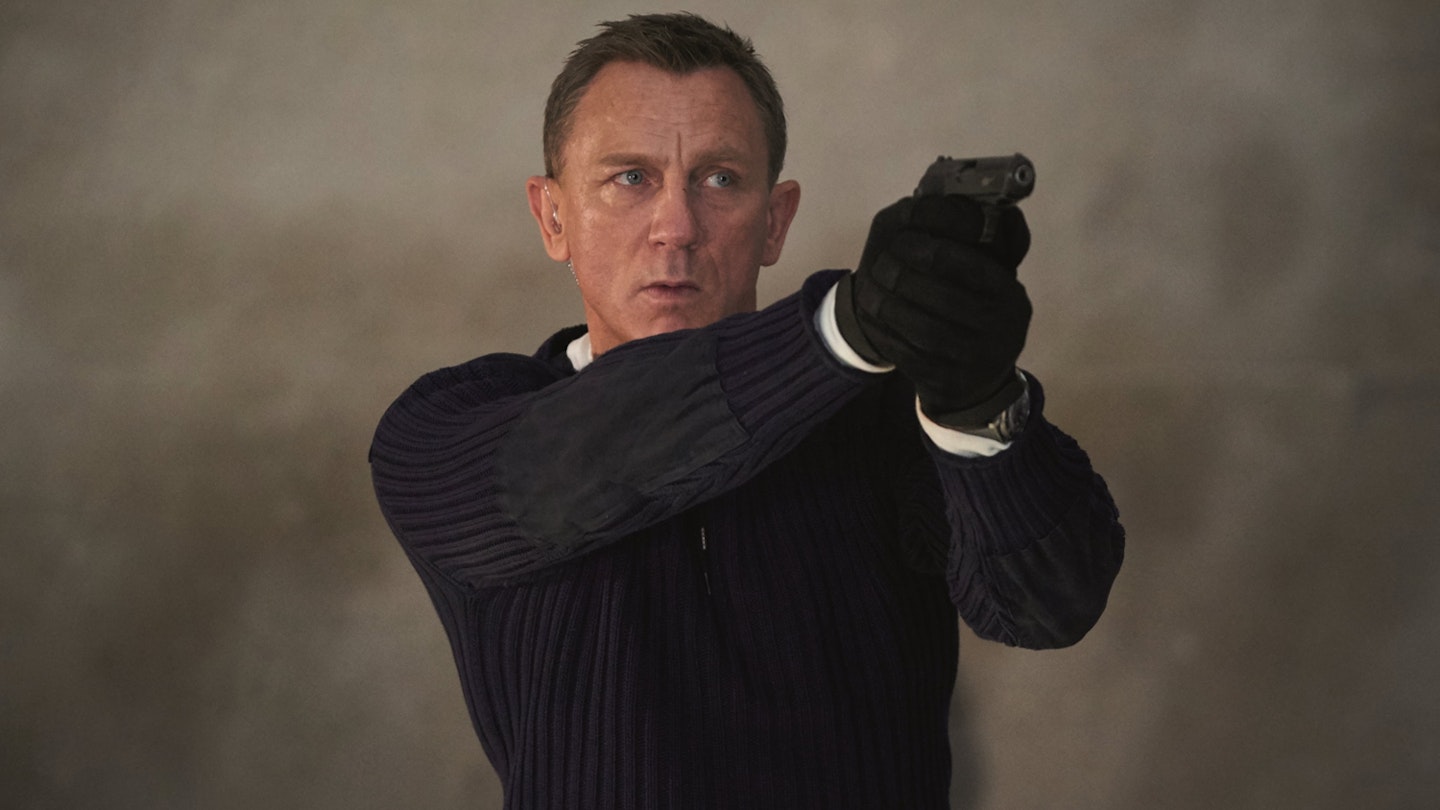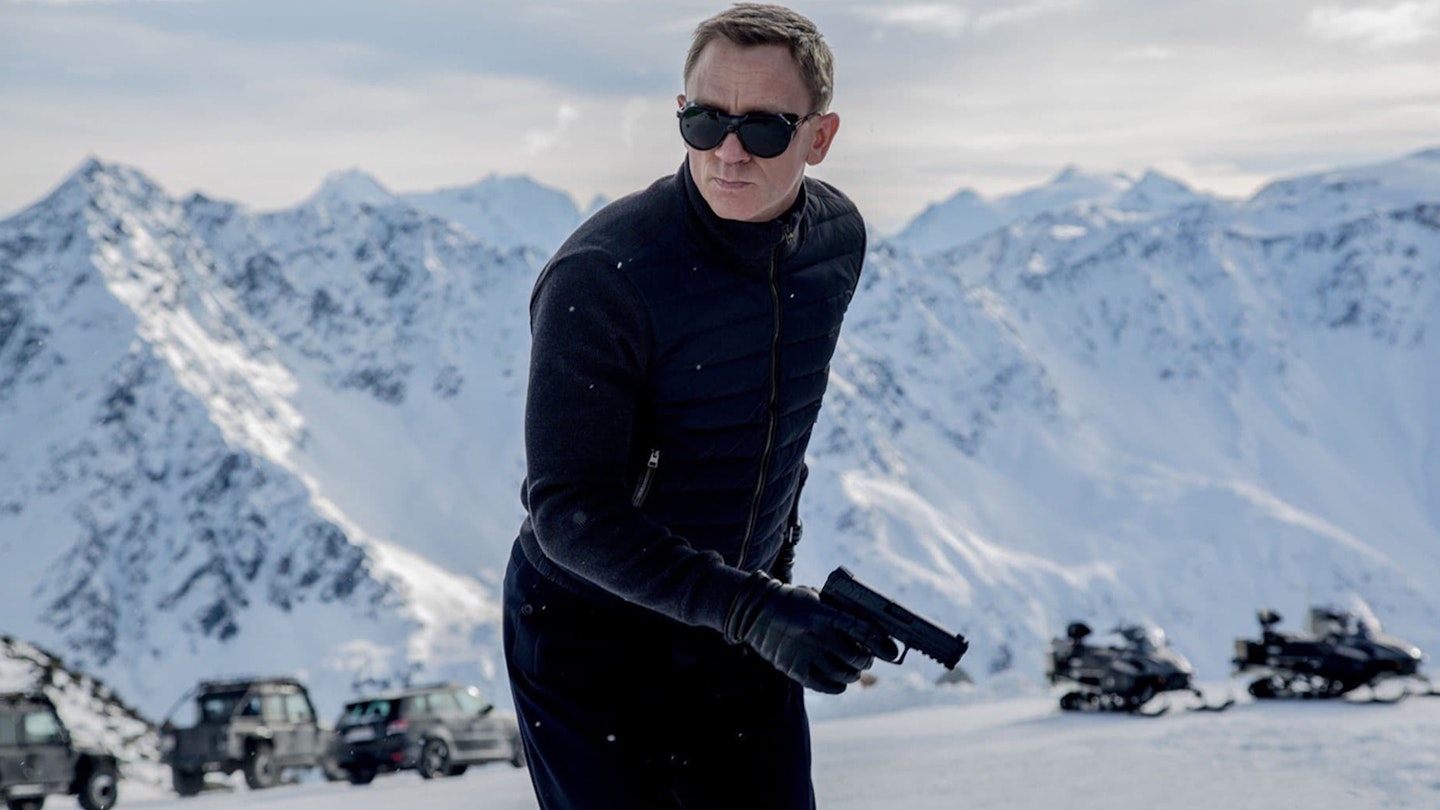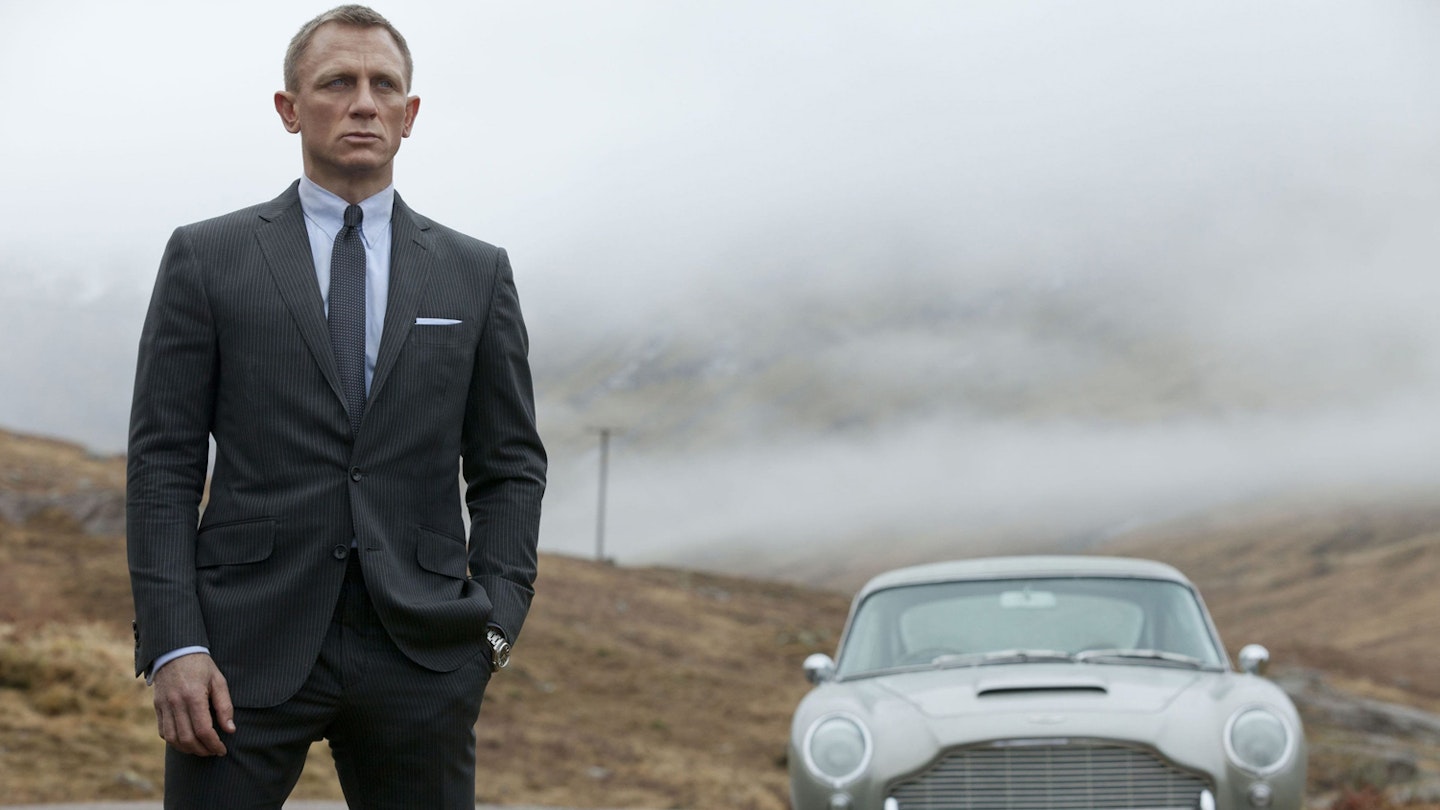The consensus on Daniel Craig’s tenure as James Bond so far is that he started out impressively in Casino Royale but wavered in Quantum of Solace. Here, in a Bond specifically tailored for the 50th anniversary of the series, the dangling plot-threads of Casino and Quantum are left in the wind as a more experienced, more damaged hero deals with a villain from his boss’s past. Having rebooted the franchise by depicting Bond’s first days with a license to kill in Casino Royale, this picks him up later in his career – as if he’s lived through all the films from Dr No to Die Another Day since we last saw him.
The pre-credits sequence, which coincidentally chases through a Turkish bazaar seen this year in Taken 2 and Argo, establishes that Sam Mendes – brought in to raise the tone a bit – can handle a fist-fight on top of a train as well as anyone. The boldest hire for this go-round is cinematographer Roger Deakins, who delivers the most impressive visuals this series has had since the 1960s. No one will ever mistake Skyfall for an introspective picture, though Bond’s rarely-mentioned dead parents get trotted out in a Christopher Nolanesque way which aligns him with all other orphan heroes and superheroes of current cinema.
The challenge of delivering a series entry is to present the mandatory elements – the credits sequence, the girls, the cars, the locations, the stunts, the villains, the novelty pets, the gadgets – in fresh, surprising ways. Regular screenwriters Neal Purvis and Robert Wade, augmented by John Logan, skate over their mcguffin with some computerspeak and politicking, then hit all the required notes – with sidebar-friendly anniversary nods to practically every previous Bond film, including the David Niven Casino Royale – while telling a story that doesn’t strictly adhere to the umpteenth-remake-of-Dr-No format that wore thin during the Roger Moore-Pierce Brosnan eras. Among other innovations, this is the first Bond really to make use of spectacular British locations, in and out of London, as a plot hatched in exotic places comes home to burn down the Establishment.
Craig takes a fall into a surreal, macabre credits sequence accompanied by that Adele song, then spends a reel or so as an unshaven, washed-up wreck who can’t shoot straight and shows signs of psychological trauma. It’s a character stretch Craig manages better than Brosnan’s bout with beardiness in Die Another Day, mostly because he gets his chops back – and his chops shaven, in a sexy sequence with fellow agent Eve (Naomie Harris) – with credible effort. It’s a reading of the role that comes from the later Ian Fleming novels, the ones that had their titles used on films which otherwise threw away the material, and much of Skyfall feels like the kind of post-John Buchan/Bulldog Drummond thrillers Fleming wrote rather than the fantastical, science fictionish films which grew out of them.
Harris’s peppy MI6 sniper and Berenice Marlohe’s slinky woman of mystery have a few good scenes, but the main Bond girl here is Judi Dench – whose M is harried by bureaucrats and politicians who want her to retire, but has to stay in office to cope with her own nightmare legacy. Javier Bardem’s villain makes a grand entrance, walking from the back of the frame to the foreground while delivering a parable about rats in a barrel, then gets deeper under the hero’s skin than any official shrink, prodding him into reflections about his drink and pill dependency and sexual identity which would have made Sean Connery blench. Silva is a Flemingesque creation – a loathesome foreigner with a hidden (and gruesome) deformity – but Bardem adds in a little Hannibal Lecter vibe (especially in a sequence set under London) and even becomes a horror movie slasher for a surprisingly gothic, down-and-dirty climax.
Ralph Fiennes plays it ambiguously as M’s political rival, but gets some good scenes late in the day, and there’s a sharp reinvention of the role of Q from Ben Whishaw, who is now the spooks’ computer whizz (with a nice line in jargon) as well as quartermaster. And Albert Finney brings warmth and gravitas to a key role in the home stretch.
